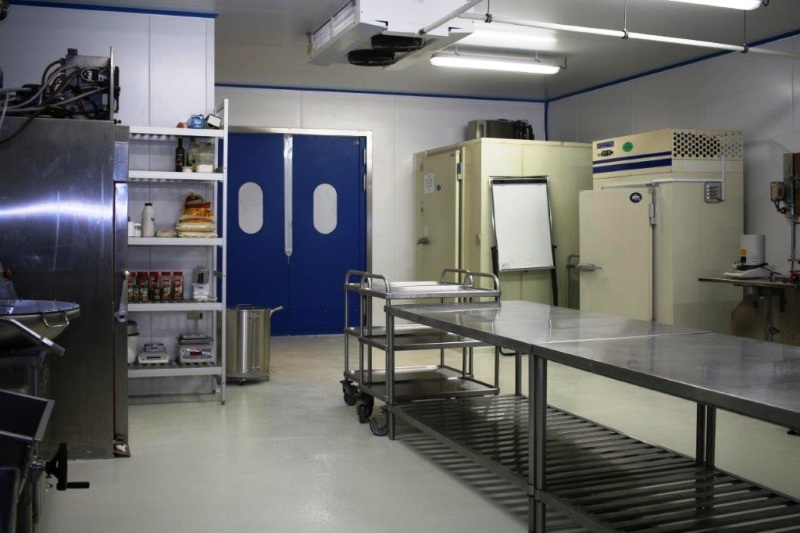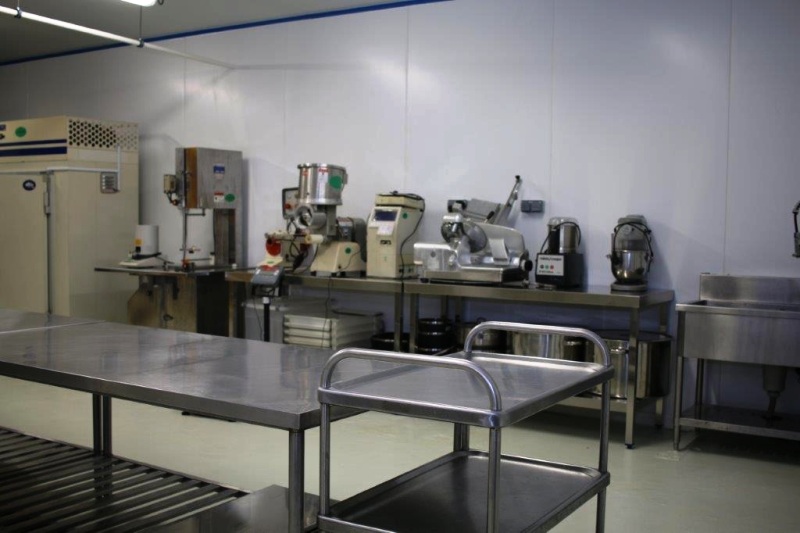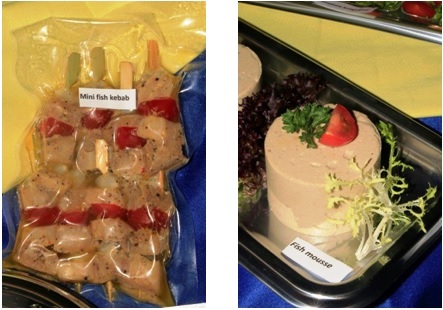Value-added fish products could be the answer for meeting increasing market demands |15 June 2018
It was in late April this year that a delegation from Seychelles attended the Seafood Expo Global that was held in Brussels, Belgium.
Ronny Antat, development and assessment manager of the Seychelles Fishing Authority (SFA) was among this delegation, to take part in a market study which aims to ascertain the viability for local investors to explore new markets and business partnerships.
The event also showcased various innovative ideas for value-added fish products from which the team were able to draw some inspiration for concepts which could also be developed in Seychelles.

SFA Post-Harvest Processing Plant

Despite the great potential that these new markets and partnerships offer, Mr Antat says that the current capacity of our local food processors is not sufficient for the type and volume of fish that these markets would demand.
Furthermore, these processors have to face various challenges prior to exportation in these markets. An example would be trade barriers in the form of control measures that have been imposed by certain countries. These include such standards as the European Union (EU) standards, as well as strict Hazard Analysis Critical Control Point (HACCP) regulations.
These hurdles have proven quite difficult to overcome and much emphasis is being placed on how to penetrate such markets.
As such, the SFA is currently working on training programs aimed at building capacity in the industry in regards to HACCP, and the plan is to have such trainings done by external certification bodies by the end of August 2018.
The local delegation at the Seafood Expo Global also included Jean-Claude Hoareau, operations manager of the newly set up fish processing plant ‘Fish Tech’ at Anse Royale. The aim was to help this investor build a clientele for the business.
Despite meeting potential buyers at the event, the challenges were the high costs involved in exportation, the high volumes of fish that would be required, as well as a sustainable supply to such markets.
Currently, the processing capacity of most processors is being affected by the high operation cost, with the highest contribution being the cost of utilities. This in turn increases the cost to the product at the end of the value chain; hence, prospective buyers will argue that the price of the product is too high.
Coupled with the cost of freight, which most of the time has to be covered by the processor, makes their end profit quite marginal. The end result is having processors that can only produce for the local market.
However, processors are being encouraged to market their product under the ‘Seychelles’ brand, as a means of differentiating themselves from those of other countries. Our comparative advantage lies in the fact that the fish from our waters are considered amongst the best in the world, and as such, this could be turned into competitive advantage that could very well influence would-be buyers.
To help the country increase its capability to better satisfy the demands of potential markets, the SFA is looking into various strategies, including a survey that will determine best management practices and coping strategies by existing local exporters in this same line of business.
Mr Antat points out that there is an insufficient number of buyers for fish that is being landed in Seychelles, and to aid the fishers, as well as improve our capability to satisfy demand, the SFA is looking into developing a suitable infrastructure that people can invest in to better accommodate the amount of fish being landed.
The main purpose of the SFA’s development and assessment department is to promote and showcase value addition in the fishing sector, especially of fish that are not really consumed on a local scale, e.g. Bonito and ‘Carangue’ species.
As part of an MoU that was signed between the SFA and the Seychelles Tourism Academy (STA), work is being done to develop new recipes aimed at promoting the use of such species.
The SFA also promotes the nutritional values of these low-value fish species, and the aim in the long term, is to provide this information to potential investors, to grow their interest in this business, and encourage them to invest.
Mr Antat recalls that in the past the SFA introduced fish burgers which were very popular, and currently, two other local food processors are now also producing fish burgers.

Value-added products: Mini fish kebab; Fish mousse; Stuffed cherry tomatoes; Potato canapé with spicy cream & anchovies

The SFA will be taking part in various activities such as the National Day show where they will be demonstrating various ways in which these fish species can be used.
Additionally, they will be creating educational and awareness programmes about value-added fish products, and promoting these in educational institutions to bring more awareness to students about this particular field, and encourage them to consider it in their future careers.
Mr Antat says that “because fishing is an important pillar of our economy, it is necessary to introduce more activities that promote sustainable fishing; and where fish species are being underexploited, we need to encourage people to effectively utilise them, and to further develop this sector”.
“There are not enough fish processors in the country, hence why more infrastructure is important to accommodate all the fish that is landed, and to encourage more people to turn to seafood value addition as a business. This in turn will increase our ability to satisfy demand”.
Photo credits: SFA




